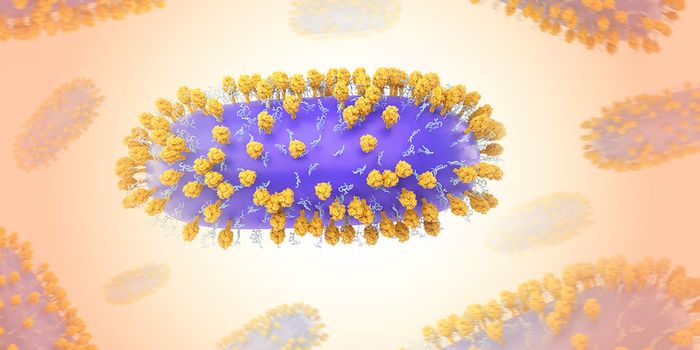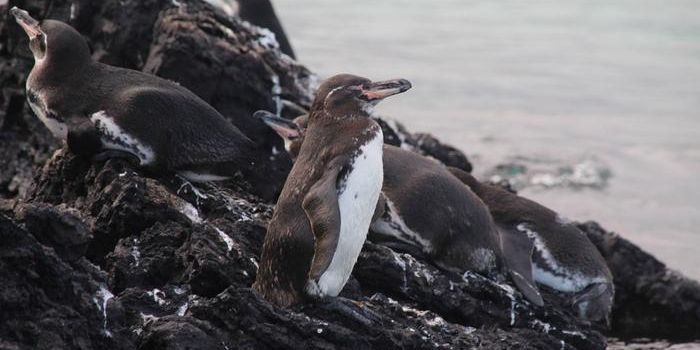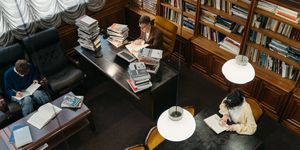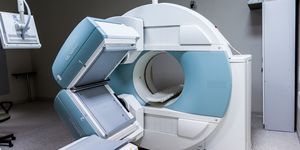Saliva Protects Viral Particles, Keeping Them Infectious in Dry Air
A variety of studies have shown that when the air is drier, viral particles can linger there longer. These findings have now been confirmed in an analysis of particles of a virus that is very similar to the one that causes COVID-19, SARS-CoV-2. Although previous work has shown that relative humidity levels affect the length of time of a virus stays infectious in the air, this is the first to factor in the effect of saliva, which helps shield viral particles. The data can help explain why people tend to get more sick during winter, when humidity levels drop significantly indoors. It also stresses the importance of good ventilation systems and other mitigation efforts for preventing the spread of illness. The work has been reported in PNAS Nexus.
This study used a mammalian coronavirus that is very similar to SARS-CoV-2. Particles containing this virus remained infectious for twice as long when air was drier. These particles are normally expelled with saliva, which acts like a protective shield, particularly when humidity is low.
Although civil engineers typically design and maintain buildings so their indoor relative humidity will stay between 40 and 60 percent, the reality is a bit different, and varies widely depending on the climate of the region. The researchers suspected that these humidity levels were influencing the spread of SARS-CoV-2.
To test that theory, the investigators engineered airborne particles containing virus, with and without saliva. These were then released into large, sealed chambers with relative humidity levels of 25, 40, and 60 percent.
The saliva protected the virus at every humidity level, and at 40 and 60 percent relative humidity, half of the airborne viral particles were still infectious one hour after release. Half of the airborne particles were still infectious two hours after release at 25 percent humidity; as the relative humidity dropped, the virus was still pathogenic for much longer.
“It shows this virus can hang around for quite a while, hours even. It's longer than a class, longer than the time you're in a restaurant, longer than the time you take to hang out in the cafe. An occupant may come in, spread coronavirus in the air, and leave. Depending on architectural factors, then someone else could walk into that space with potent doses still hanging around,” said senior study author Mark Hernandez, a Professor of Civil and Environmental Engineering at the University of Colorado at Boulder.
The virus is probably also contaminating air for longer than it takes typical ventilation systems to eliminate it. Thus, additional mitigation strategies like filtration could reduce transmission, suggested the study authors.
“I hope this paper has an engineering impact in our buildings, for example, in schools and hospitals, so that we can minimize the infectivity of these viruses in the air,” said lead study author Marina Nieto-Caballero, PhD.
Increasing indoor humidity levels could help reduce risk for people who live in naturally arid environments, but that can be inefficient and expensive, said Hernandez. We can use strategies that we already know about instead, like opening windows, using inexpensive air filters, and increasing ventilation rates to introduce more fresh air, Hernandez added.
Sources: University of Colorado at Boulder, PNAS Nexus


















































